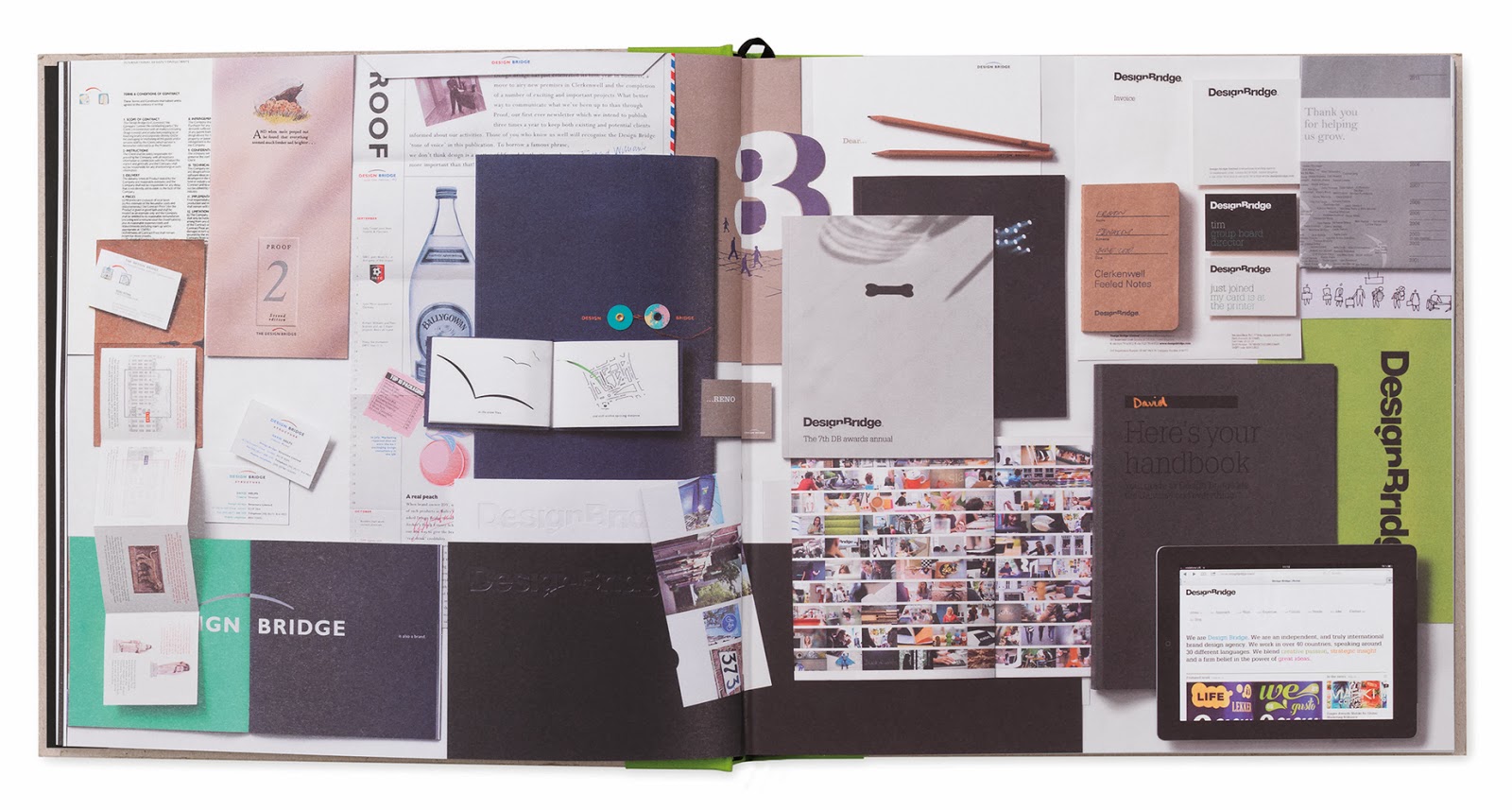 On Monday, IPEX 2014 opens its doors at ExCeL in London. Ipex stands for International Printing Exhibition and is the largest UK printing, media and publishing event. It attracts visitors from all over the world and has a massive selection of printing equipment and associated machinery.
On Monday, IPEX 2014 opens its doors at ExCeL in London. Ipex stands for International Printing Exhibition and is the largest UK printing, media and publishing event. It attracts visitors from all over the world and has a massive selection of printing equipment and associated machinery.Here's some of the organiser's blurb.... For pre-press, there will be new market software solutions for colour management, variable data printing, web-to-print, integrated communication solutions and design. On the print production side, there are digital printing product launches for inkjet, inkjet label, inkless photo and 5-colour LED A3 printing, as well as new document mailing solutions and converting and feeding technologies. New systems will also be showcased for the full range of finishing techniques, including laminating, foiling, folding, booklet-making, binding, cutting and more, in addition to new solutions for machine maintenance and consumables, with a wide range of new inks and substrates being showcased. In short there’s a lot to see this year. If you plan to make the most of your visit, then doing a little homework in advance will pay dividends ...
Next week will be a busy week in the printing industry, trying to find time to get along to the exhibition and see the shiny new machines. If you get a chance, it's well worth a visit.
www.ipex.org
 To put a historical context to it, the first show was less snappily titled "Exhibition and Market of Machinery, Implements and Material Used by Printers, Stationers, Papermakers and Kindred Trades". It was held in 1880 (5-17 July) at the Agricultural Hall in London.
To put a historical context to it, the first show was less snappily titled "Exhibition and Market of Machinery, Implements and Material Used by Printers, Stationers, Papermakers and Kindred Trades". It was held in 1880 (5-17 July) at the Agricultural Hall in London.The Official Catalogue of Exhibits is a complete catalogue of the traders and products that featured in an exhibition listing the 200 exhibitors. The catalogue's editor, journalist Lucien Wolf (1857-1930), prefaces it with an informative overview of trade exhibitions, examining their history and future, and their role in bringing together producers, retailers, buyers, wholesalers and importers to assess competition, compare products and evaluate the state and progress of their trades.
The book is now available as a re-print through the Cambridge University press.
Posted by Justin Hobson 20.03.2014









































